Cheaper and more reliable than conventional transport: features of the uST complex operation in winter
Preparation for winter is an important part of urban public transport service. It takes a lot of time and money. UST Inc. has developed a passenger transport solution that is more efficient than the existing ones. Let’s compare the winterization preparations of conventional transport infrastructure and the uST complex.
Bus
The inner nodes and assemblies of the bus are under heavy pressure in winter due to a number of factors: frost, ice and snow on the road.
At low temperature, there is a sharp increase in fuel consumption, wear of engine parts and transmission, as before the operation is started long-term heating is required.
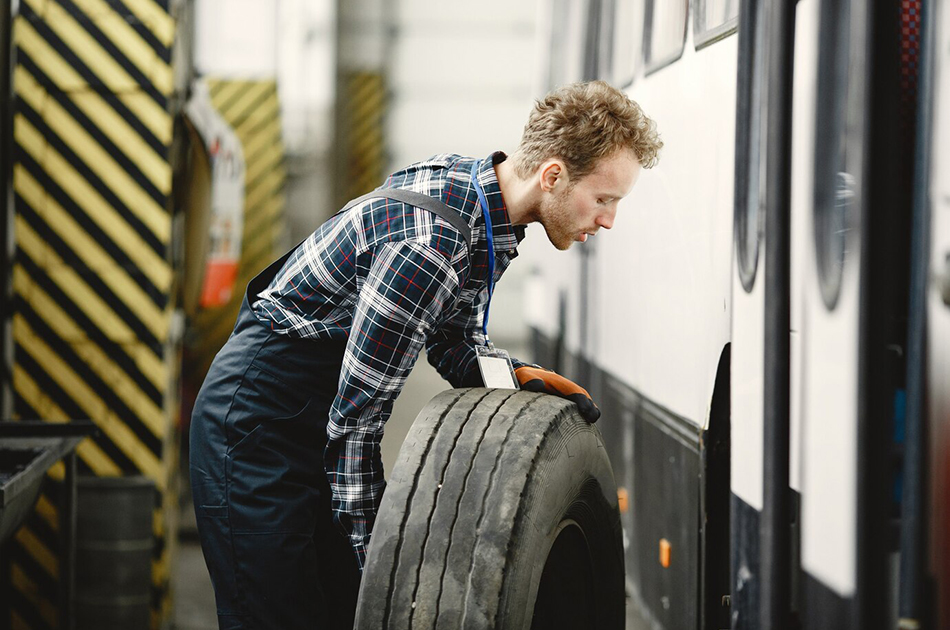
Cold fuel doesn’t burn completely and its consumption increases, which seriously reduces the engine life. The cylinder block gaskets get burned, fuel filters and nozzles become clogged, and fuel pumps fail.
Chemical reagents sprinkled on the roads for melting ice and snow in the city cause no less problems. Most often it’s sodium chloride. When it gets wet, it creates heat that melts snow, but at the same time produces a weak hydrochloric acid solution. When it hits open areas of metal, it quickly corrodes them. Places near sills and wheel frames are affected the most.
As a result, through holes which have to be patched form in the bus floor just in a couple of winters.
Tram
The tram contact network requires seasonal adjustment. Before the cold, electricians weaken its tension, otherwise the wire may break when the metal is contracted in cold weather.
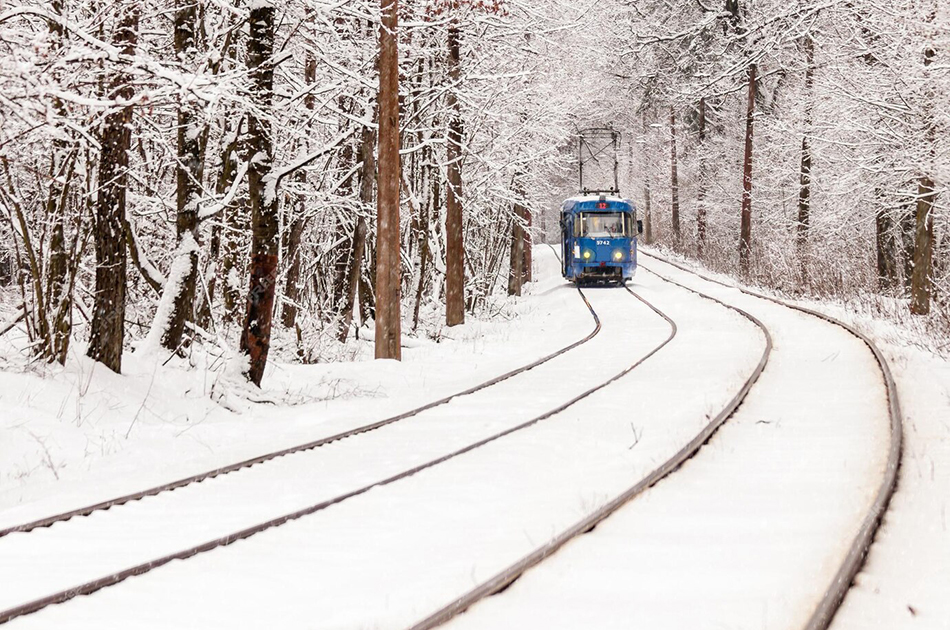
It also requires inspection and additional impregnation of electrical machines, engines, as well as replacement of technical liquids and oil. Brake actuators and electromagnets shall be carefully inspected as well.
The tramway track itself requires special attention. Before the season starts, it is necessary to repair the butt gaps, check the electrical connections, lubricate and tighten the bolts, as well as clean the drains.
In winter, the snow that got inside the switch can lead to an unpleasant outcome. Therefore, in case of heavy snowfall, the employees of the tram depot turn off automated arrows. Drivers have to get out of the tram, clear the snow and manually move the arrow. Of course, it is unsafe and greatly slows down the movement.
Trolleybus
Pre-winter preparation of the trolleybus is similar to that held for the tram and bus. Vehicle windows and doors are made insulated, often with the help of special rubber that fits snugly and is airtight. Tires are changed to the winter type ones, new oil is poured, additional heaters are installed.
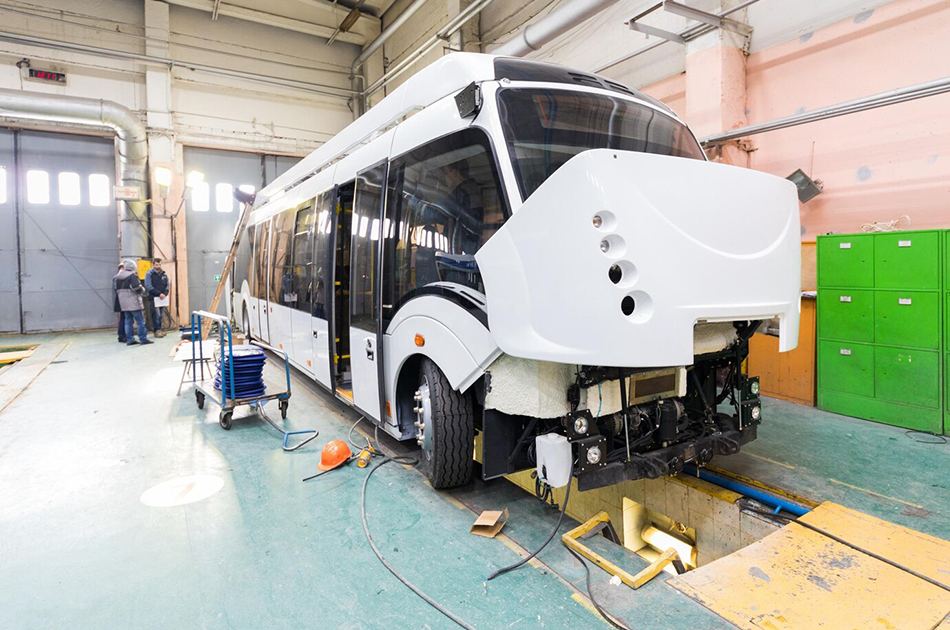
The braking system also needs to be thoroughly checked. The ingress of moisture and its subsequent freezing cause an emergency stop. As a result, the trolleybus can block the line for several hours.
Also, in winter constant maintenance is required by the contact network, without which the movement of trolleybuses is impossible.
uST complex
The preparation for winter operation of the rolling stock of the uST complex – uPods –– does not require a lot of expenses and includes check-up of energy storage, cooling, air conditioning and other systems.

Of special arrangements one can mention the use of liquid heaters for effective charging of storage devices.
Unlike buses and trams, uPods move above ground. Therefore, they do not suffer from the effects of corrosive anti-ice mixtures, capable of destroying the steel hull in a couple of seasons. This is one of the reasons why the service life of rolling stock of the uST complex is 25 years.
The uST complex is not afraid of track icing as the track structure cleans itself after every uPod passage. Therefore, snow and ice cannot accumulate on the road and pose danger to traffic, as in the case with ground urban transport.
Significant savings
To sum it all up, the uST complex has many advantages over ground urban transport. The operation of uPods does not require large quantities of petrol, oil and lubricants as well as expensive spare parts, as buses do. The contact network doesn’t require constant attention as in the case of trams which often suffer in winter from accidents on it. You can also do without cleaning the roadbed, which is necessary for all ground urban transport. And there’s no need for a lot of support staff.
More news
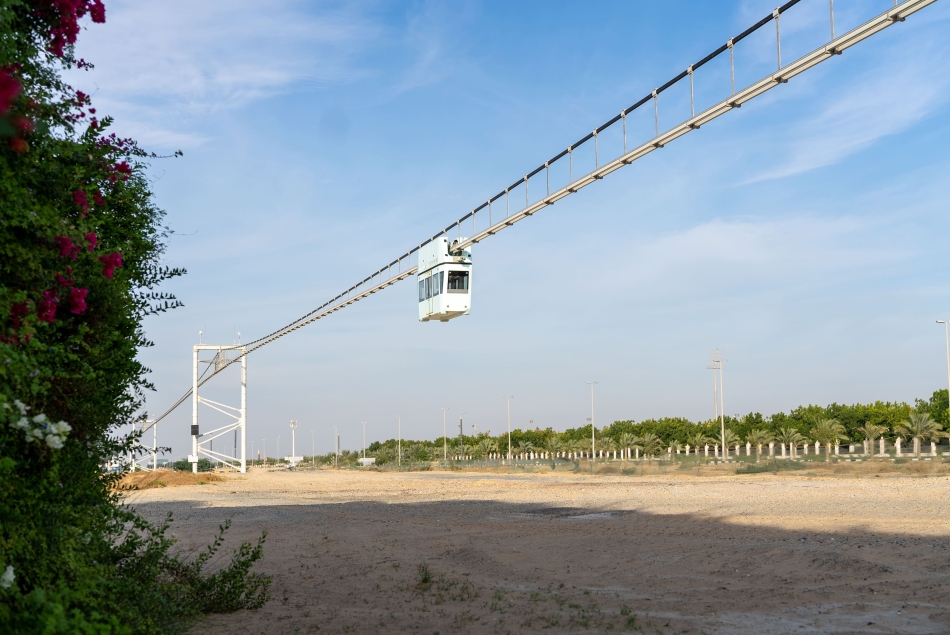
News
11 Junе 2024
uSky Started the Karat Runs with Power Supply from the Track Structure
At uSky Test & Certification Centre in Sharjah, the Karat uBus ran a string rail track for the first time using power from the track.

News
11 July 2025
The Second Meeting of the Scientific and Technical Council of UST Inc. Was Held in 2025
Unitsky String Technologies Inc. held the second meeting of the Scientific and Technical Council (STC) this year.
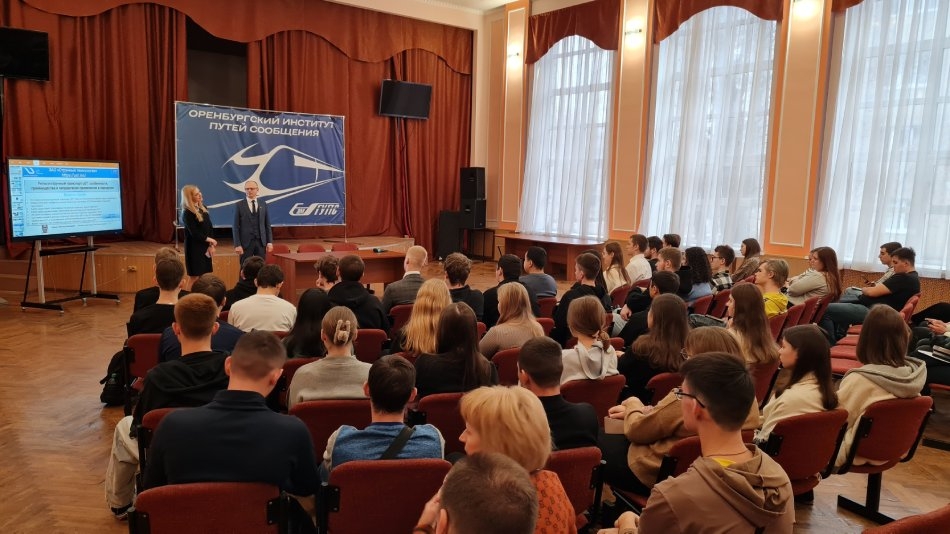
News
26 November 2024
UST Inc. Delegation Participated in a Conference in Orenburg
Representatives of Unitsky String Technologies Inc. attended the 19th All-Russian Scientific and Practical Conference "Advanced Technologies in Transport Systems"

